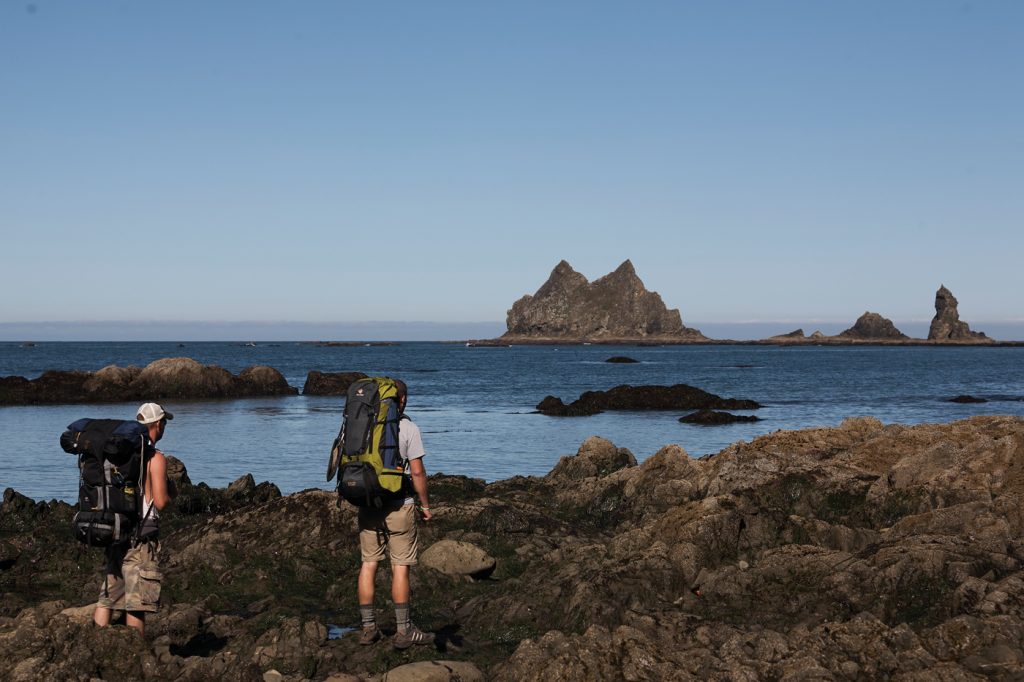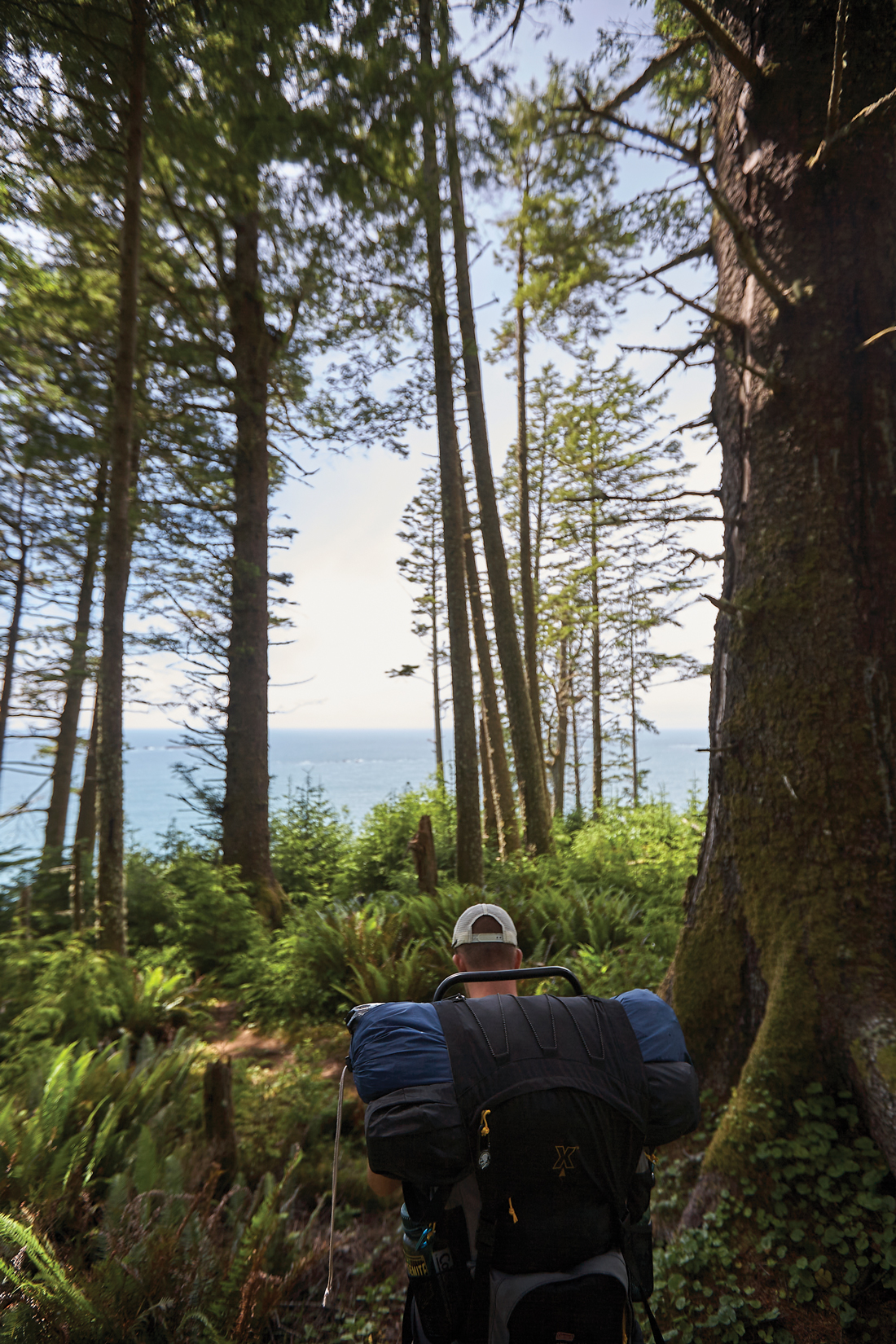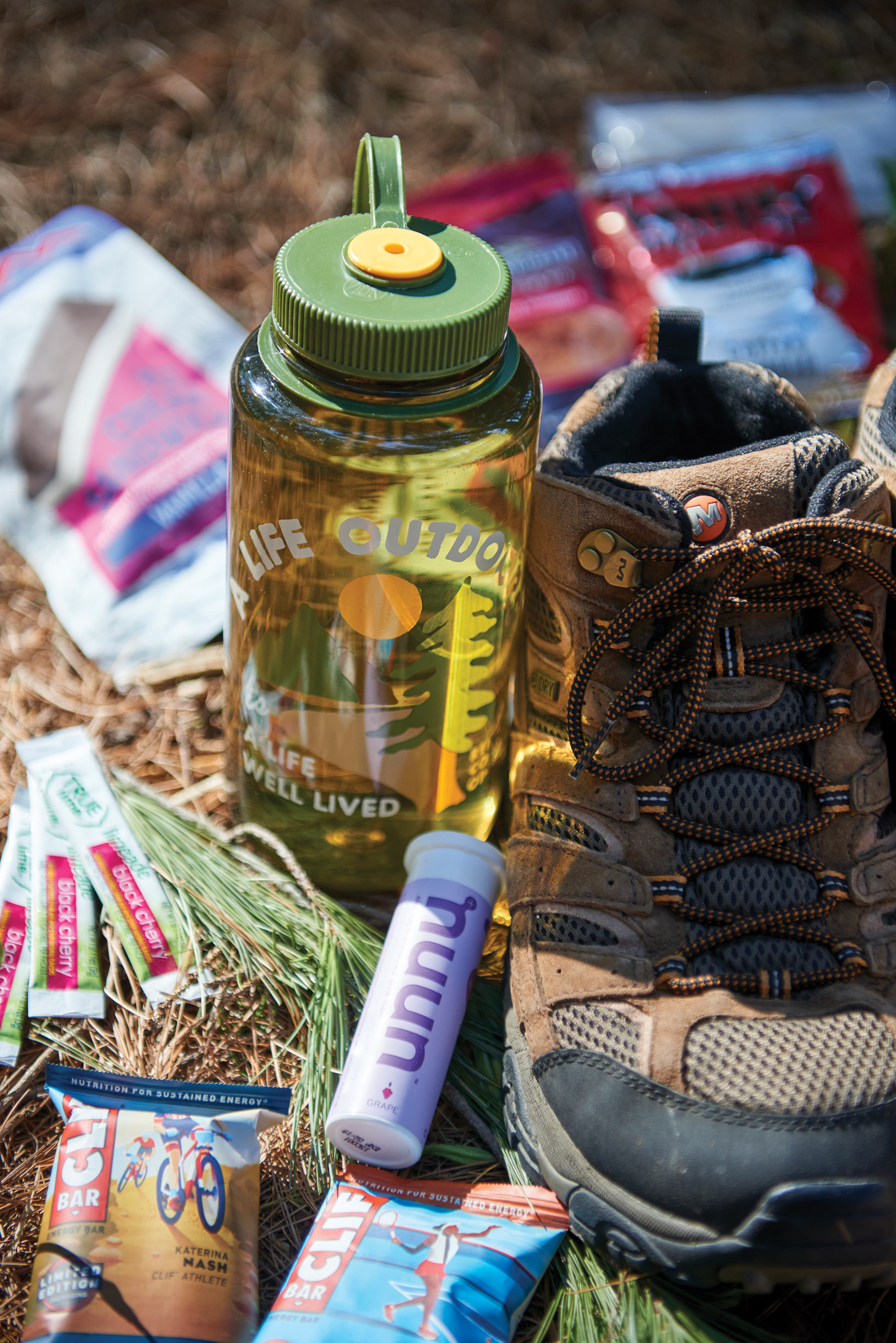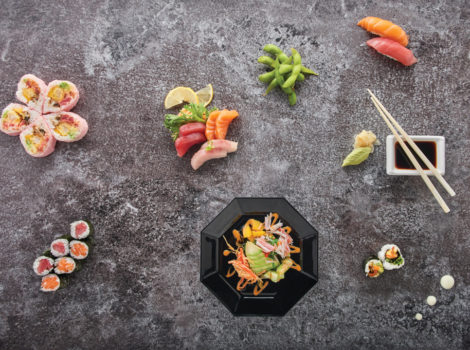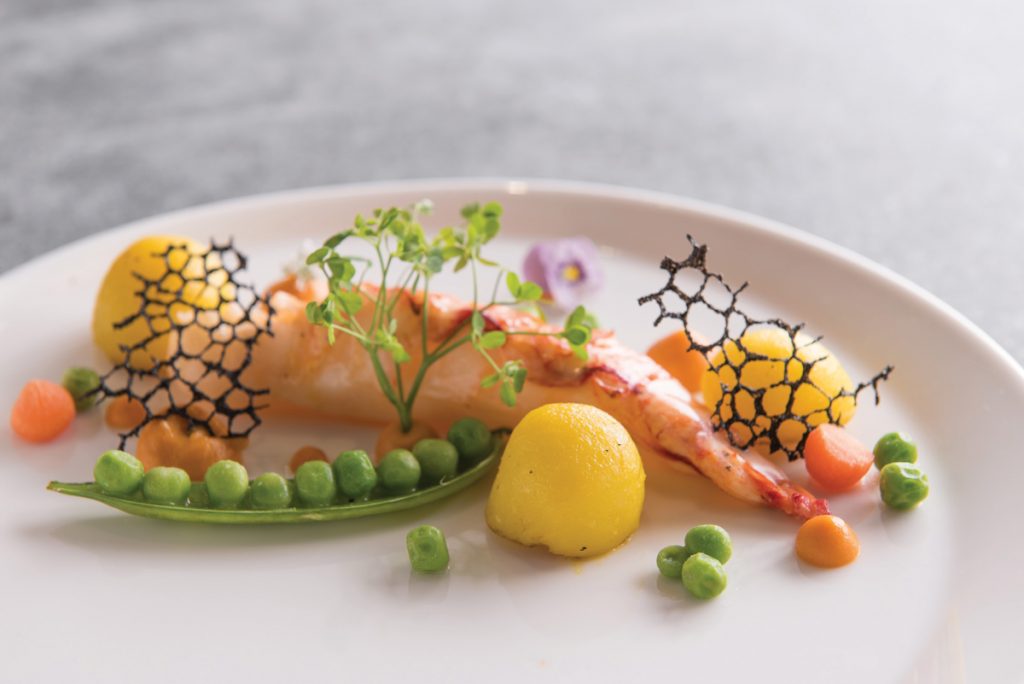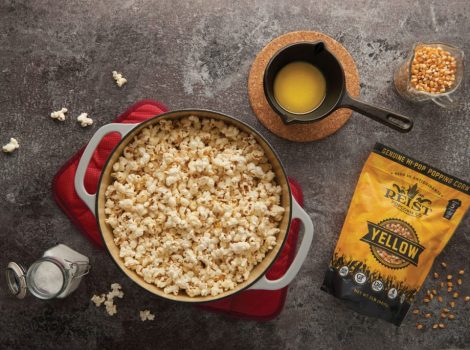Into the Wild Open Spaces
Originally published in the June 2021 issue of LCM
If we’ve learned anything over the past year, it’s the fact that the natural world provides a panacea for boredom, anxiety and even our reliance on technology. Many of us have discovered that a hiking expedition or a camping trip can provide a passport to another world. We also learned that unplugging and trading the comforts of home to commune with Mother Nature are freeing experiences. We’ve also discovered the joys of cooking in the wild.
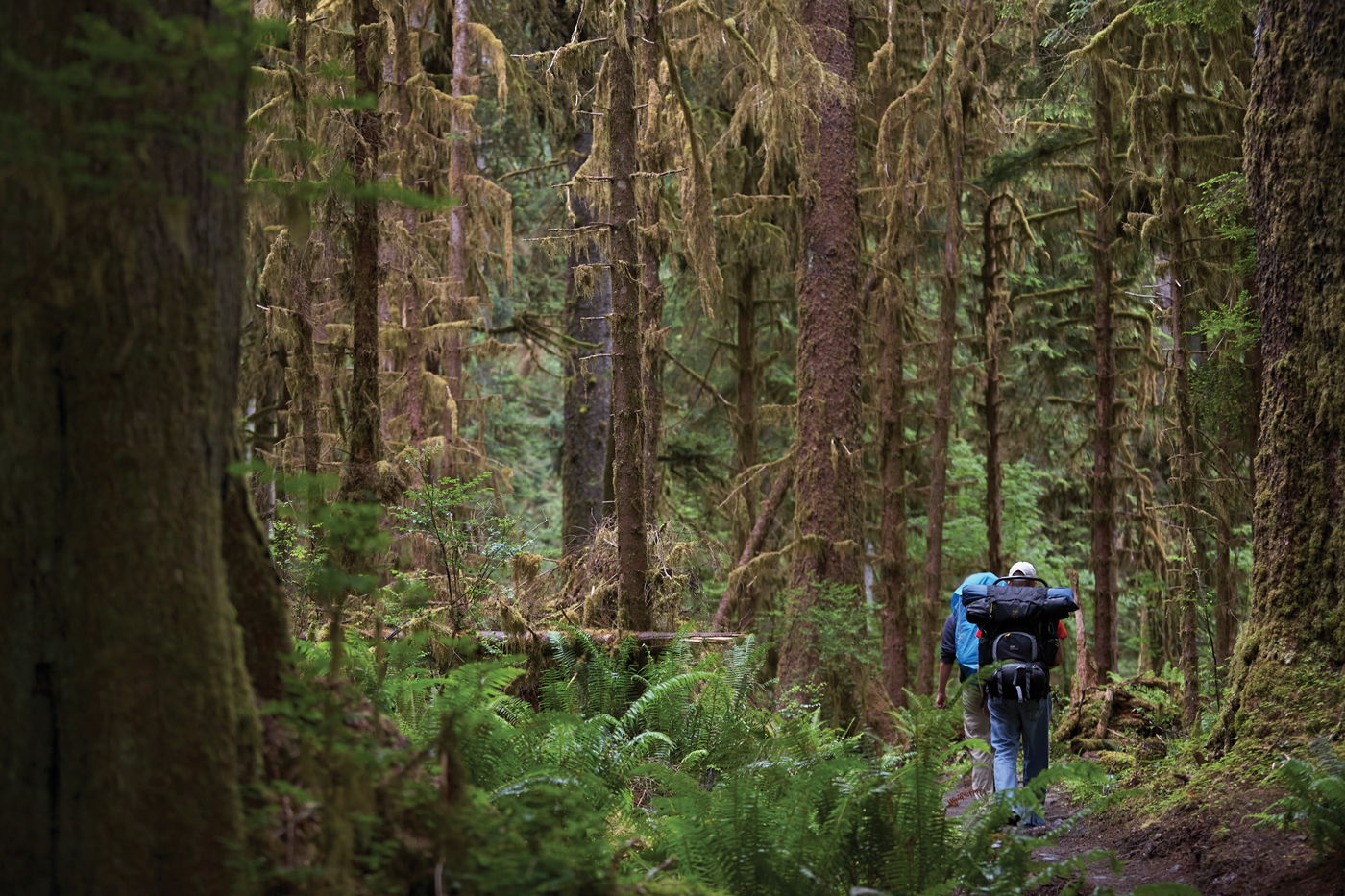
Escaping into nature – for a litany of reasons, with Covid being the latest – has been the topic of many books and movies. Two that come to mind are Into the Wild, Jon Krakauer’s best-selling novel (later a movie) that told the story of Chris McCandless, a child of suburbia who, upon graduating from college, decided to take a two-year trek through the American West, with Alaska being his ultimate destination. He made it to Alaska, only to lose his life as a result of ingesting toxic berries he had foraged in an effort to survive the Alaskan wilderness.
Then, there’s the best-selling Wild, written by Cheryl Strayed, who sought to escape a life of bad choices and tragic losses by hiking the Pacific Crest National Scenic Trail (2,650 miles through California, Washington and Oregon). As played by Reese Witherspoon in the movie of the same name, we see Cheryl realize on her first day of what would become her 1,100-mile, 94-day trek that she purchased the wrong type of fuel for her camp stove, forcing her to subsist on mush (water mixed into grain) for the next several days.
Both of these novels/movies drive home the fact that hiking, backpacking and camping are not walks in the park. Whether you are packing your day bag for a casual afternoon hike on a rail-trail or heading deep into the backcountry with water filters and bear canisters in tow, it’s all about embracing and enjoying the experience responsibly.
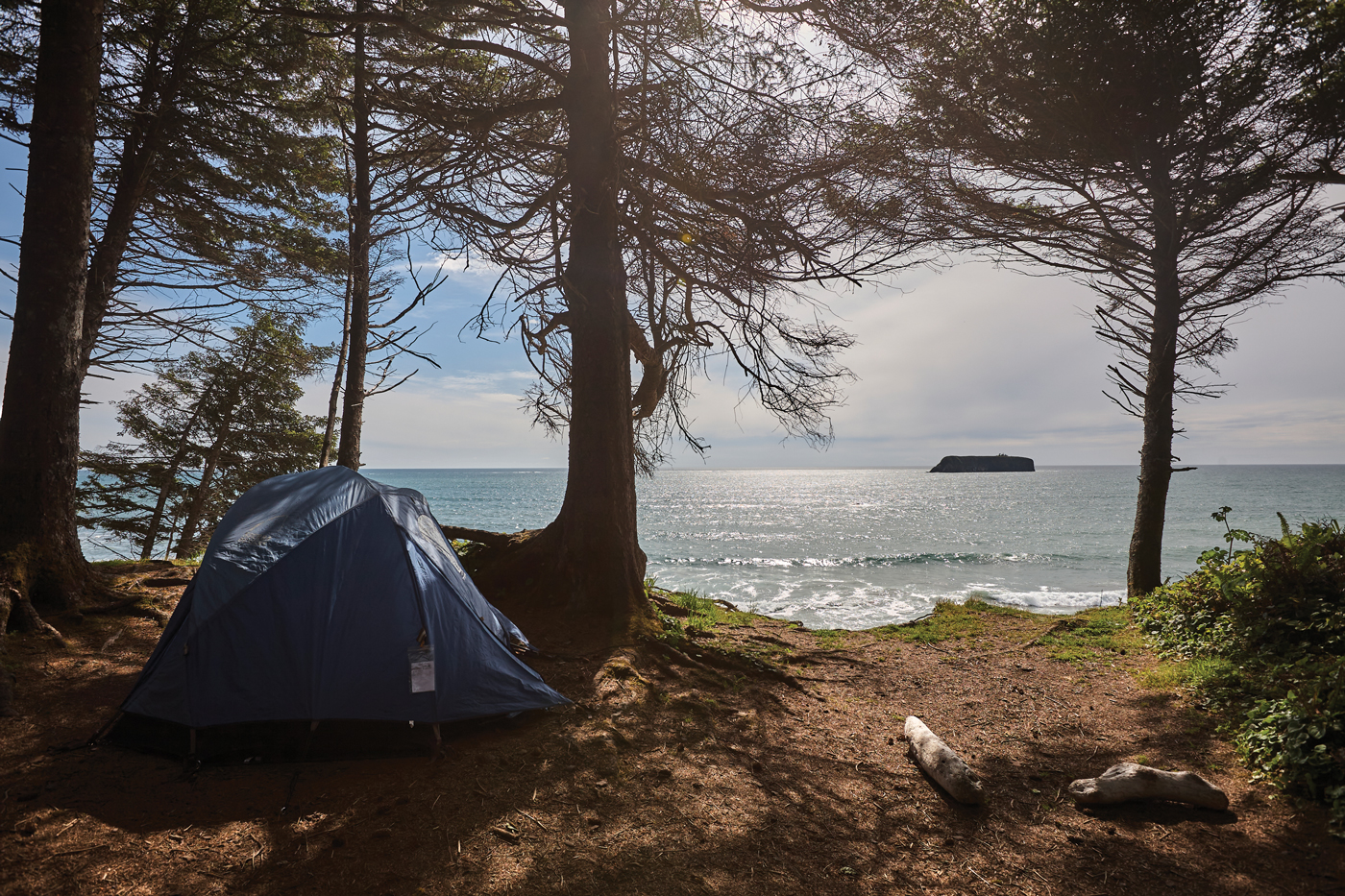
Day vs. Backcountry Hiking
Anyone who has carried groceries from the “wrong end” of the grocery store to the parking lot knows just how heavy food can get. For some, especially through-hikers who make it their goal to traverse extremely long distances such as the Appalachian Trail, achieving the absolute lowest weight for the journey is paramount. Such hikers measure their kits in grams in order to trim weight.
Day hikers have a much shorter packing list: trail mix, snack bars and water. Even for a day hike with both a short packing list and distance to travel, underestimating snacks and water is an easy and oft-made mistake.
While backpacking requires a different approach and equipment than a day-hike or car camping, some tips apply across the board.
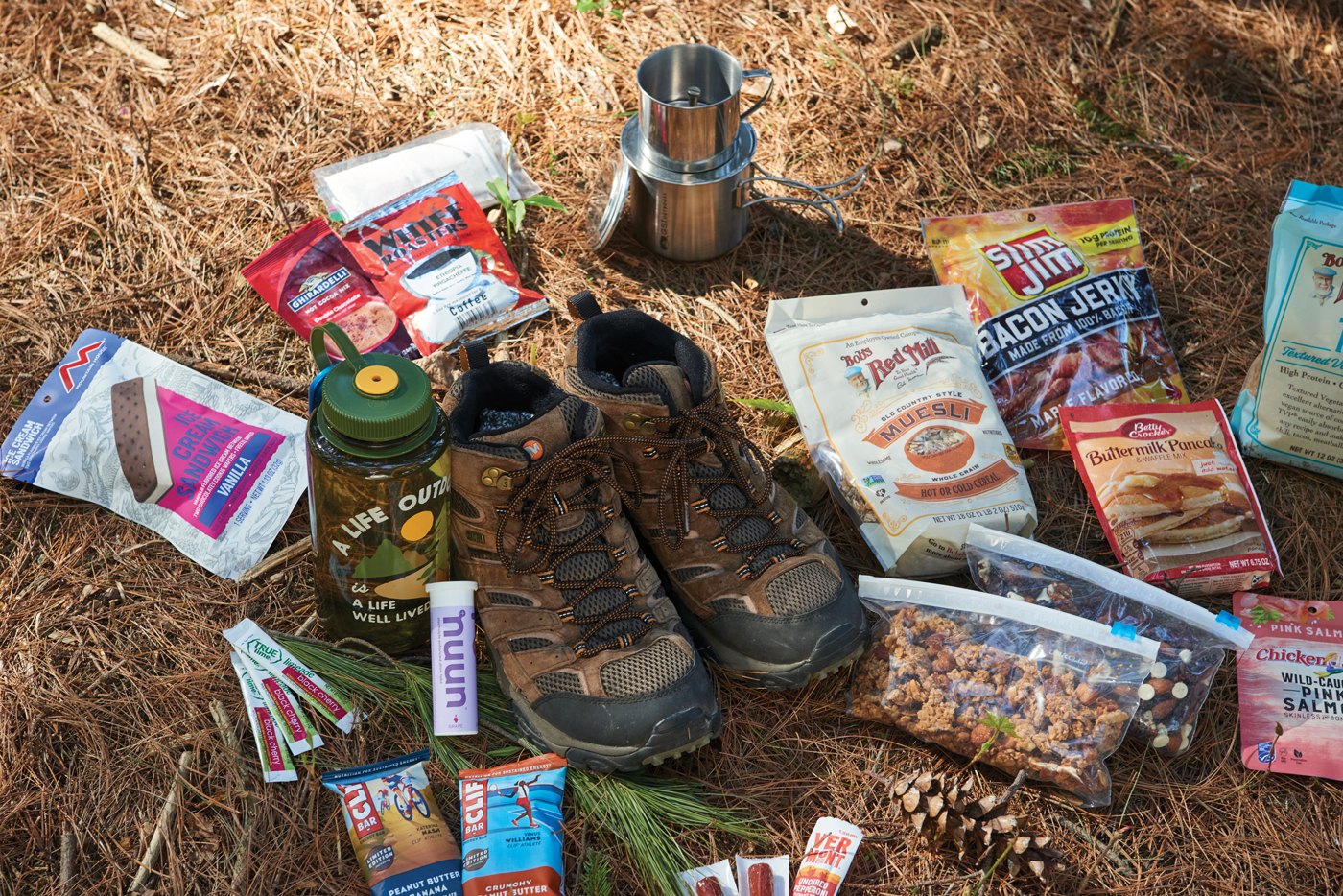
How much weight to sling over your shoulders has long been considered a percentage of body weight. According to Recreational Equipment, Inc. (REI), a recreation-services company based in Kent, Washington, “a loaded day-hiking pack should not weigh more than about 10% of your body weight.” For a backpacking trip, REI suggests doubling that amount. (Cheryl Strayed made the mistake of toting a backpack that equaled half her body weight.)
The math provides a starting point but the reality is not that simple. Your needs on every trip will vary based on the region, the pace and distances traveled, the number of people who share the overall burden and the degree of comforts you seek. Energy, or caloric intake, is a key driver for how much food to carry. As you upgrade your gear and refine your packing list, that number will fluctuate.
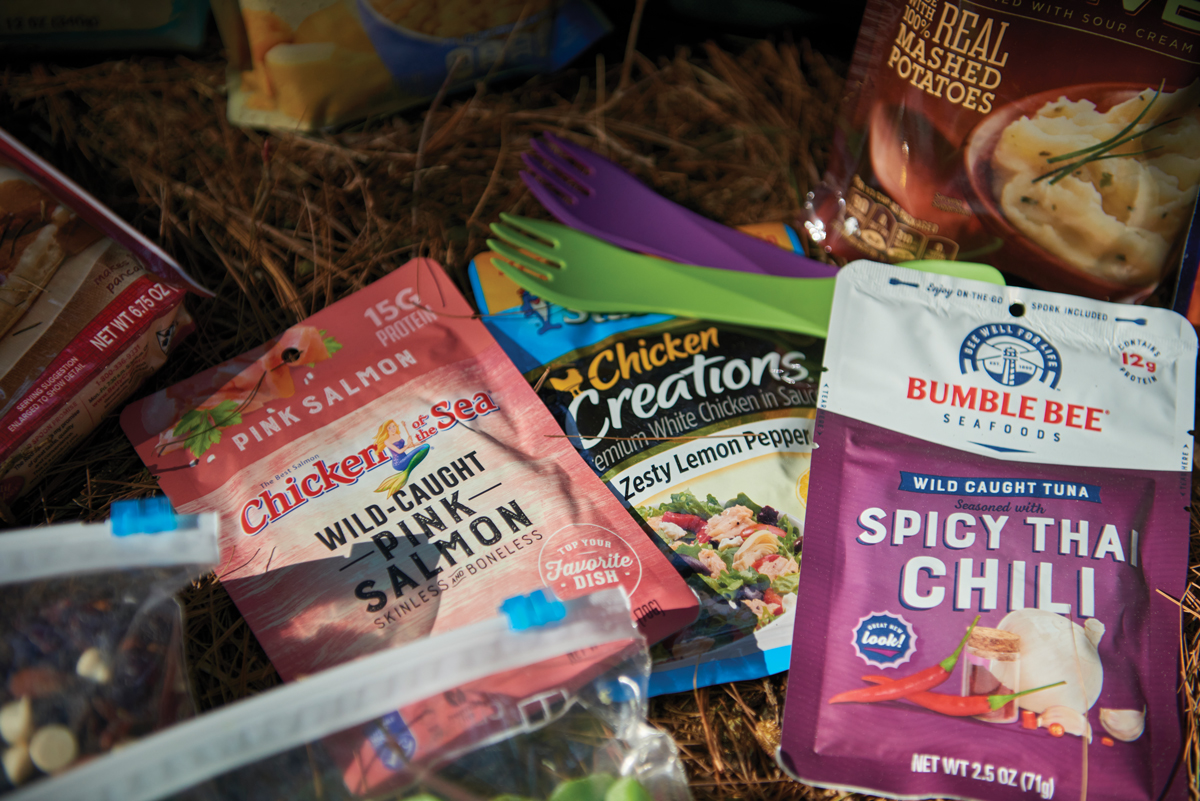
If you’re nervous about taking on a lengthy hiking trip, consider building in the option to car camp for a night in the middle of the week. Depending on the park, you might find a proper shower and the opportunity to resupply at a grocery store, which will allow you to indulge in heavier food items such as fresh produce, meat and drinks.
New Priorities
For ages, this idea of minimizing weight at all costs was the guiding rule in packing for a hike. Today, weighing the balance between enjoyment and dropping weight begs the question, if you are not enjoying the journey, why are you out there? If not, is it worth all the effort? After a long slog, when you’re tired, sweaty, covered in mud, hungry and cold (or hot) and your feet are blistered, a dry pair of socks and a satisfying meal are miracle workers. To that point, backpackers have started carrying fresh foods, produce, and even eggs onto the trail to enjoy the first couple of days. In an industry full of titanium sporks and space-age materials, small cast-iron skillets might now be found along a trail.

When it comes to fatigue, food is the ultimate motivator. The better it tastes, the more you have to look forward to every step of the way. Which would you rather have after a physically grueling trek: a rehydrated freeze-dried meal or pasta with chicken and olive oil? How about a fresh apple or graham crackers with cookie butter for dessert? I thought so. Carefully consider weight versus the reward of your overall experience.
The Devil is in the Details
Before you go, research what permits are required for overnight trips. Are open fires permitted? Can you cook over a fire? Are water refilling stations and restrooms located along the trail? What might the weather conditions be like and could they change drastically on your trip?

Check to see if National Park Service-approved bear-proof canisters are required or available to rent. These canisters are not light, but they are effective at keeping bears and raccoons from robbing you blind, leaving you hungry and angry.
All of these factors will impact your shopping list and how you prepare.
Elevate Your Grocery List
The hiking industry is not without freeze-dried meal options, including freeze-dried ice cream sandwiches. (Convenient and lightweight, many have decent flavor but they’re often expensive and high in sodium.)
Bulk dried foods are an economical option for creating varied blends of trail mix, while minimizing packaging and the waste you’ll need to carry out or properly dispose of on a trail.
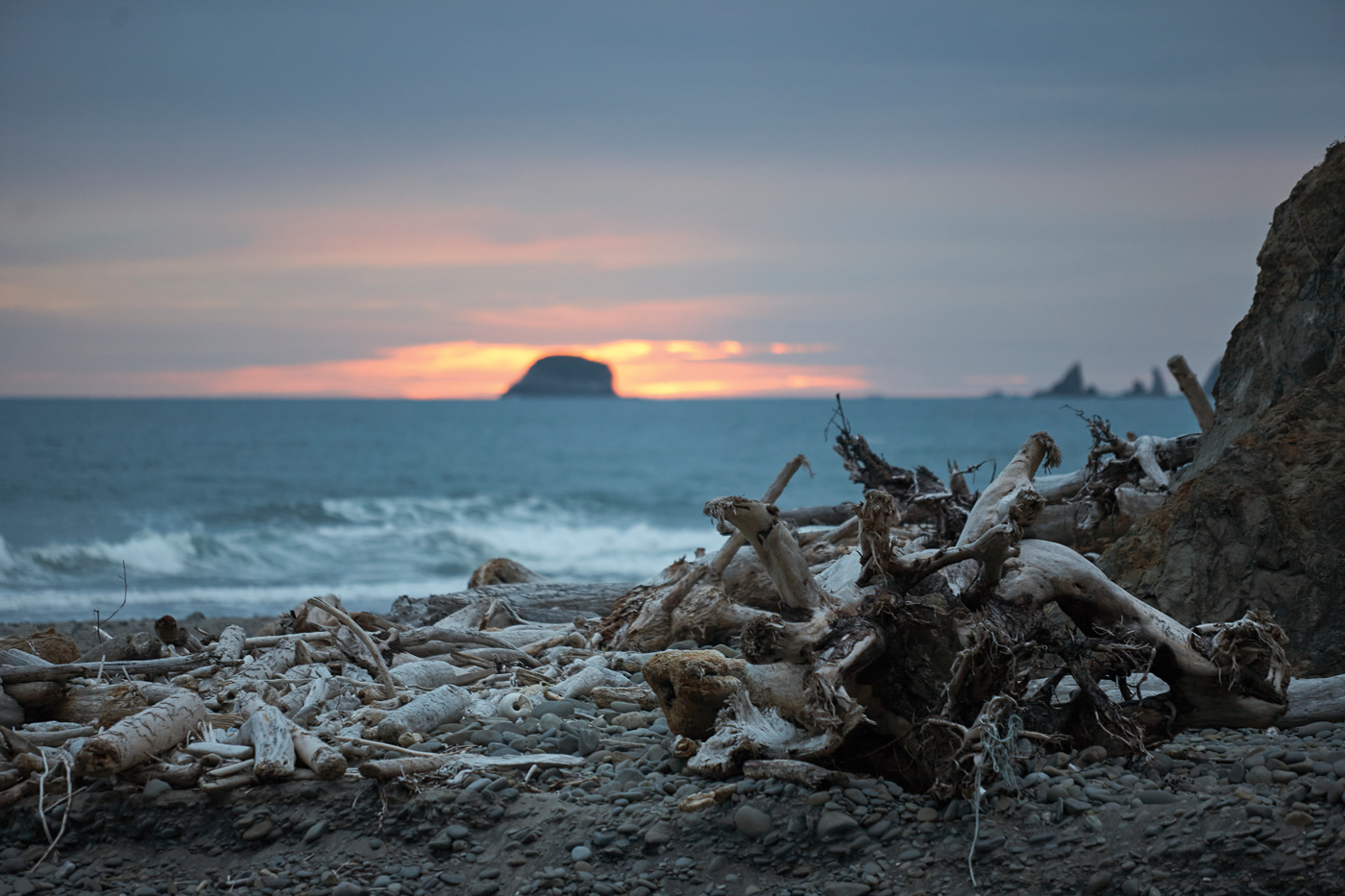
For breakfast, pancake mix with cinnamon and powdered eggs adds variety beyond dry cereal or oatmeal. After an exhausting day, instant mashed potatoes, risotto, rice, quinoa, ramen and cheesy macaroni packets help to build hearty meals. Chicken, beef and vegetable bouillon cubes can be tossed in for added flavor. If you are cooking on a skillet, remember to bring a small bottle of olive oil or cooking spray, along with a spoon for mixing.
An option for vegans and omnivores alike, textured vegetable protein (TVP) is a lightweight, soy-based meat alternative. Bob’s Red Mill makes TVP, which can be mixed into pasta or added to beans with chili powder, garlic powder and other seasonings.
Pouches of salmon, tuna and chicken are protein-dense and contain enough sodium to help recover after expending energy. They can be heated, seasoned, prepared with pasta or eaten right out of the pouch.
Tortillas take up little room and double as utensils. Dried fruit and fruit bark make for a sweet, lightweight snack you can make at home. If you have a food dehydrator or want an excuse to buy one, preparing for a hike is a great time to use one.
A travel-size bottle of your favorite hot sauce, dried herbs and spices weighs next to nothing but will add flavor to your menu. Bacon bits, sesame seeds and pepperoni/salami pack a lot of punch. If you know what you are looking for, you might be able to safely forage nuts, mushrooms or berries along the way.
Use fresh foods first and remember the carry weight will drop each day.

Trailside Food Prep
Consider what prep you can complete in advance of your trip to minimize packaging and save time later. Odor-proof, resealable bags that help keep food dry and accessible (and animals away) are ideal for oatmeal, rice, beans, coffee and other dry goods. Keep in mind that empty tin cans will need to be carried out of the woods for proper disposal, making foil pouches a lighter and more convenient choice.
Before setting up a tent, identify three separate areas in a triangular shape, spaced 200-300 feet apart. One area is designated for sleeping arrangements, a second for storing food and a third for prepping or eating food. Animals and insects are the last visitors you want to find in your sleeping bag and if they smell food in one location, hopefully they won’t be interested in the other two.

Positioning your tent upwind gives you the greatest security. If bear canisters are not necessary, store food in a designated bag roped off high from a tree branch and far away from your tent for relative peace of mind.
Fires are not always permissible along trails, so folding stoves are essential for a hot meal. Like all of your gear, test your stove at home by boiling a pot of water to gauge how much fuel to bring, keeping in mind that wind and temperatures will vary.
Don’t wait until a dark, fatigued night in the wilderness to learn what you should already know. Pack full canisters of fuel to ensure they don’t leak and go empty before you arrive. Remember, empty canisters need to be hiked out of the woods with you, so gauge your needs as best you can.
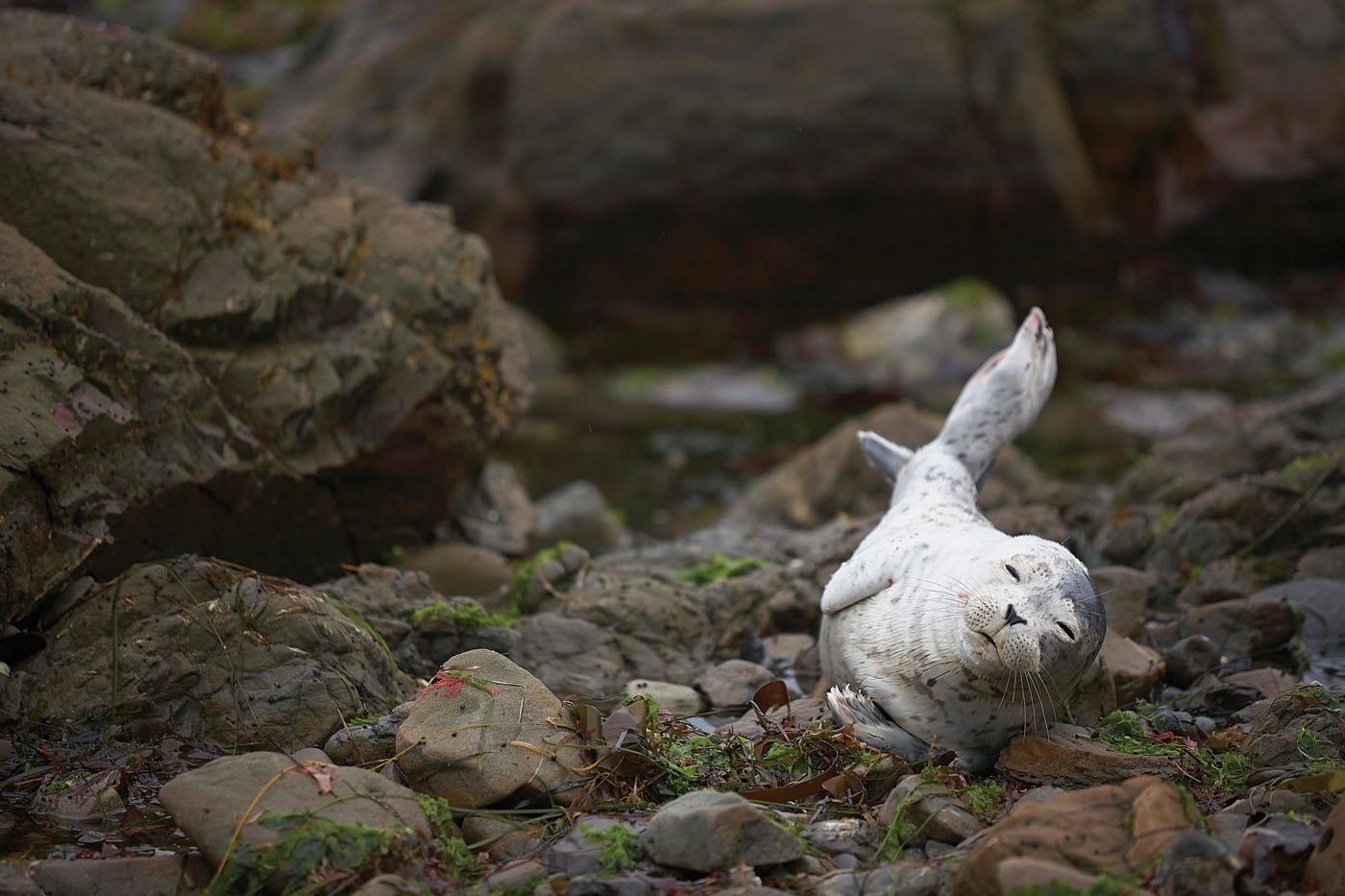
Food Safety
Food prep should be done away from water sources in order to avoid contaminating the supply. Wash your hands with soap and water before and after handling food. Designate towels for food purposes and towels for bathing and hand washing. Try to avoid reaching into a bag of shared food like trail mix; instead, pour it into an open hand.
Water, Water Everywhere
One of my go-to water flavorings are Nuun electrolyte tablets, which add a citrusy fizz to filtered water. Alpine’s Spiced Apple Cider packets are excellent around a campfire and, like instant coffee, can be enjoyed hot or cold. Hot cocoa and teabags are musts if you are boiling water.
There are endless options for water filters, each with different strengths and costs. After a long day, forcing large amounts of water through a filter for drinking and cooking is an awful chore. Gravity-fed filters with “dirty” water bladders that filter into a clean bladder, such as the Platypus GravityWorks Water Filter System, put this issue to rest.
Concerning water storage and filtration, the adage “Two is one, one is none” applies. On the second-to-last day of a multi-day trip with friends, our only water filter broke, reducing us to iodine tablets we hoped not to use. Our water supply was exhausted the morning we hiked out, the trail winding along the blue Pacific Ocean no less.
When we arrived at the trailhead parking lot, a fellow hiker long-tossed me a cold can of Pabst Blue Ribbon after hearing our story. I will never forget watching that can come sailing towards me; it remains the sweetest beer of my life.
Leave No Trace
As more people continue to flock to the great outdoors, it’s the responsibility of everyone to preserve and protect the environment. It’s important to minimize your environmental impact as much as possible. According to the Boy Scouts of America, we should leave our campsites as clean as when we found them, if not better.
Where To Go
It’s no secret I love hiking around French Creek State Park in Chester and Berks counties. It’s close to home and it’s ideal for both camping and day-hikes without having to slog a lot of gear on the trail. Along the Susquehanna River, Pinnacle Scenic Overlook and the shorter trail at Chickies Rock County Park offer spectacular views. On the eastern side of the county, Money Rocks County Park offers 300 acres of woodland. North of us, Mount Gretna has inviting wooded trails.
Of course, there’s nothing like hitting the road. Fort McAllister State Park outside of Savannah, Georgia (two trips and counting), is one of my favorite destinations. The South’s massive oak trees, Spanish moss and salt marshes have provided a sense of wonder and solitude during multiple camping road trips we have taken to New Orleans and back.
My most epic backpacking trip took me to the Pacific Northwest, where I hiked through the Hoh Rainforest in Olympic National Park and along the Olympic Coast Trail in Washington state. The temperate climate was remarkable and enabled us to spot banana slugs, seals, bald eagles and purple starfish in tide pools filled with every color of seaweed imaginable.
That trip was a real learning curve for me. I made the terrible decision to pack not one but two DSLR cameras for redundancy, plus a full-size tripod, while also wearing sneakers. Every pebble could be felt on the stone-laden trail, making a stop at the Forks Outfitters an urgent matter. Food and rest were the sole motivators those first couple of days.
Then, I bought a pair of Merrell waterproof hiking boots. It was the most I’d ever spent on footwear, but I soon learned they were worth every penny. Those boots transformed the trip, taking my attention from agony to the beauty of exploring nature. Over time, the tread wore out and they’re no longer waterproof, so a nearly identical pair has replaced them. Despite the fact that they’re no longer serviceable, I’ll never get rid of those old Merrells!

